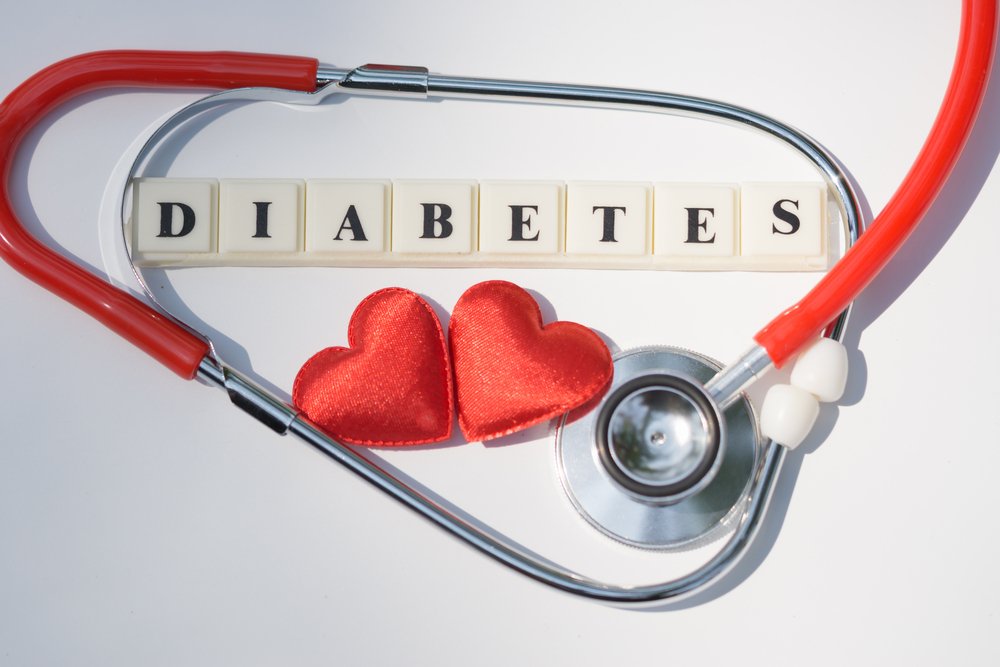Most Powerful Sources of Omega-3s

by OmegaQuant
Studies show the majority of people aren’t getting enough omega-3s on a daily basis. Essential to human nutrition, these “good” polyunsaturated fats play a key role in heart, brain and eye health—plus, they’re vital to a healthy pregnancy.
Since omega-3s cannot be made by the body, they must be obtained from the foods you eat and/or supplements. The three main types of dietary omega-3 fatty acids are EPA (eicosapentaenoic acid), DHA (docosapentaenoic acid), and ALA (alpha linolenic acid). Both EPA and DHA are commonly found in seafood and fish, while ALA is most abundant in high-fat plant foods like flax and chia. Most well-balanced diets provide plenty of ALA, from foods like avocados, walnuts, flax and chia, as well as soybean oil. However, making sure you’re getting enough EPA and DHA can prove a bit trickier.
The World Health Organization (WHO) recommends a minimum of 250–500 mg combined EPA and DHA each day for healthy adults. For pregnant and breastfeeding women, it’s recommended to add an additional 200 mg of DHA to ensure both mother and child are getting enough nutrients.
In looking at how omega-3 works, both EPA and DHA molecules are able to change how cells inside the body respond to environmental factors (i.e. chemicals). An individual with healthy levels of EPA and DHA is able to initiate a much stronger cellular response when it comes to protecting the body from harmful factors, such as inflammation. Maintaining healthy omega-3 levels has also been shown to lower triclycerides and blood pressure and protect against cardiovascular disease.
So, what exactly should you be eating and/or supplementing with to be sure you’re getting enough of these nutrients? Whether you’re a seafood fan, vegetarian or even vegan, there are effective and powerful options to help reach and maintain your optimal health. Follow along to determine which omega-3 is the best for you.
Fatty Fish
Seafood lovers can rest assured, getting omega-3 fats from whole foods is easy.
Overall, seafood is considered the best way to get those recommended doses of EPA and DHA simply because of all the other nutrients that are part of the fish. It also offers the added benefits of being high in protein and low in saturated fat. Interestingly, according to the Global Organization for EPA and DHA Omega-3s (GOED) “It is a common misconception that fish are the original sources of omega-3s. It is actually the microalgae in the fish food chain that make fish rich in EPA and DHA.”
When it comes to which omega-3 fish to eat, some of the best options include cold-water fatty fish like mackerel, salmon, cod liver, herring, sardines, and anchovies. Most government recommendations suggest consuming 2-3 servings of fatty fish per week to achieve 250 mg of EPA and DHA per day. A serving is 3.5 ounce cooked, or about ¾ cup of flaked fish.
To see how nutrient-packed your favorite fish are, check out with this helpful chart from the Seafood Nutrition Partnership.
According to the American Heart Association, “the benefits and risks of eating fish vary depending on a person’s stage of life.” For example, children and pregnant women are advised by the U.S. Food and Drug Administration (FDA) to avoid eating fish with the potential for the highest level of mercury contamination (such as shark, swordfish, king mackerel or tilefish) and instead opt for fish and shellfish that are lower in mercury (such as canned light tuna, salmon and catfish).
Fish Oil
Does omega-3 fish oil work? The simple answer is yes. For those who choose not to eat fish, taking a fish oil supplement is an excellent alternative. Made from the tissue of oily fish, these supplements are typically made up of roughly 30% omega-3s and contain high levels of vitamins A and D. When compared to plant sources of omega-3s, fish oil is known to deliver greater overall health benefits.
Similar to whole fish, fish oil helps lower triglycerides, particularly at high doses of 3-4 grams, protect the body against heart and brain-related diseases and is extremely effective in helping you reach recommended EPA and DHA levels as measured by the Omega-3 Index.
Krill Oil
If you’re not eating fish or taking fish oil on a regular basis, it can still be easy to add omega-3s to your diet. Krill oil supplements made from small shrimp-like crustaceans are packed full of long-chain omega-3 fatty acids.
Measuring just an inch or 2 in size, krill can be found in oceans around the world and band together in huge quantities in Antarctica to feed on microscopic algae. Because Antarctic krill are harvested from the unpolluted waters of the Southern Ocean, they are virtually free of environmental contaminants and toxins. Plus, they’re an excellent option when it comes to the sustainability and preservation of our ocean’s ecosystem.
According to one leading brand, “krill oil is more than just an omega-3 supplement, and provides additional advantages due to other naturally occurring constituents, choline and phospholipids.”
Algae
Vegetarians and vegans can consider algal oil, a type of oil derived from algae, as a powerful source of long chain omega-3 without fish. Some studies have even found it to be comparable to seafood when it comes to delivering EPA and DHA. A 2008 study published in the Journal of the American Dietetic Association (https://www.ncbi.nlm.nih.gov/pubmed/18589030), algal oil capsules were compared against cooked salmon and found to be equivalent in terms of absorption. Per the study, “algal-oil DHA capsules and cooked salmon appear to be bioequivalent in providing DHA to plasma and red blood cells,” and accordingly, “algal-oil DHA capsules represent a safe and convenient source of non-fish-derived DHA.”
When compared against fish oil supplements, a pilot study published in 2013 in Proceedings of the Nutrition Society found that algal-oil supplements produced similar improvements in blood DHA levels. Plus, they have the benefit of being free of cholesterol and potential contaminants, such as PCBs, and offer a more sustainable alternative to deriving oil from fish due to declines in certain fish populations. One downside to algal oil versus fish oil is that it tends to be considerably more expensive.
Available in soft gel form in most pharmacies, algal oil supplements typically provide 400–500 mg of combined DHA and EPA. You can also consume them in liquid form, which can be added to drinks or smoothies and can pack 300–900 mg of combined DHA and EPA per day. Algal oil is largely composed of DHA, along with smaller amounts of EPA and ALA, which the body can convert to DHA and EPA to a limited extent.
Know your Omega-3 Index
Co-invented by OmegaQuant’s Dr. Bill Harris, the Omega-3 Index is a measure of the amount of EPA and DHA in the blood, specifically, the red blood cell membranes. It can also be used to assess one’s risk for heart disease, as there is a direct correlation between red blood cell membranes and the amount of omega-3 fatty acids in the heart and other tissues.
Knowing how beneficial higher levels of omega-3s can be in helping prevent heart disease, Alzheimer’s, and much more, it’s extremely advantageous to know where you stack up on the scale. A measure of 8% or above is considered optimal for maintaining cardiovascular health while a level below 8% increases your risk of developing cardiac issues. Sadly, due to the western diet, most Americans will fall into the high risk category, which is below 4%.
ONLY EPA and DHA omega-3s will raise your Omega-3 Index and no one source of omega-3s is considered more beneficial than another—it simply matters that whatever source you choose delivers meaningful amounts of EPA and DHA.
No matter how healthy you think you are, you should always know your number. The Omega-3 Index Testrequires just a simple finger prick that can be done at home. Once you receive your personalized results, you can then use the Omega-3 Supplement Calculator for a personalized recommendation for EPA+DHA intake based on your percentage. Don’t guess what you can test!






